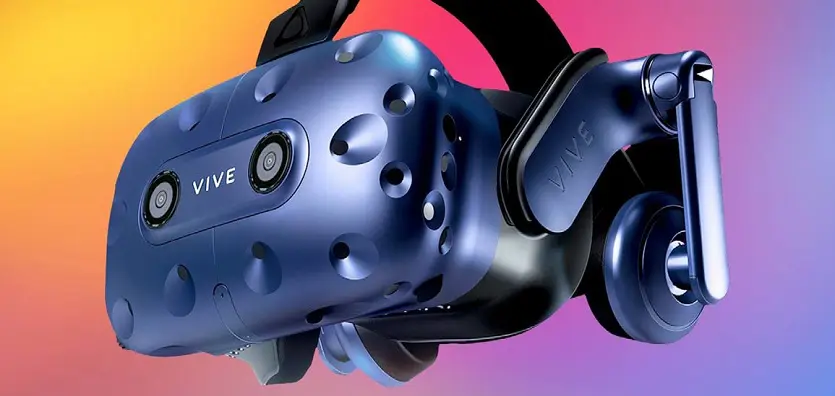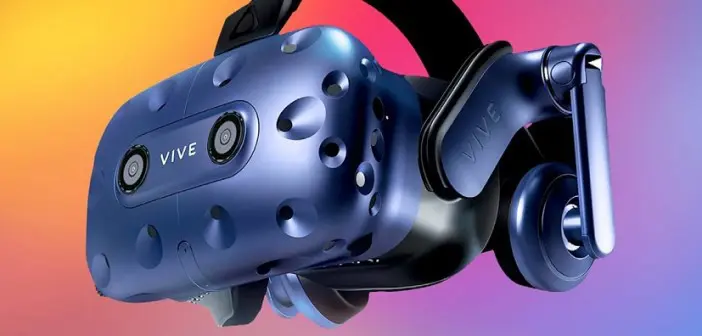
 The consumer VR revolution may have begun with more of a whimper than a bang, with both the Oculus Rift Consumer Version 1 (CV1) and HTC Vive experiencing much lower sales volumes than anticipated, but this hasn’t stopped the technology growing exponentially faster than anticipated. The biggest leap forward is the pixel density of the displays used within; initial projections by NVIDIA in 2016 were that it would take at least five years to hit 4K x 4K screens per eye, but we’ve already seen prototypes from Pimax with 8K screens just 12 months later.
The consumer VR revolution may have begun with more of a whimper than a bang, with both the Oculus Rift Consumer Version 1 (CV1) and HTC Vive experiencing much lower sales volumes than anticipated, but this hasn’t stopped the technology growing exponentially faster than anticipated. The biggest leap forward is the pixel density of the displays used within; initial projections by NVIDIA in 2016 were that it would take at least five years to hit 4K x 4K screens per eye, but we’ve already seen prototypes from Pimax with 8K screens just 12 months later.
The first commercial VR HMD to hit the market with an improved pixel density is HTC’s new Vive Pro, aimed
at professional VR developers, and it has a price tag to match. At AU$1,199 for just the HMD, with no controllers or Lighthouse tracking stations included, it’s a vast price increase compared to the original HTC Vive kit, which currently retails for $879 and includes two motion controllers and twin Lighthouse tracking stations. We recently got eyeson with the Vive Pro, and were immediately impressed by the increased Pixels Per Inch, or PPI.
This is thanks to an increase from the original Vive’s resolution of 1080 x 1200 per eye, at 448 PPI, to the Vive Pro’s 1440 x 1600 per eye, or 615 PPI, a 37% increase. This means the screen-door effect, or sub-pixel grid array visibility, has been vastly improved. In practice, this makes it much easier to resolve fine detail, be it crisper text or distant features, which is especially noticeable in vehicle simulations with complex cockpits, as well as photograph based scenes…Click here to read full article.





